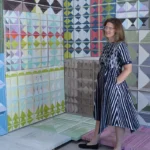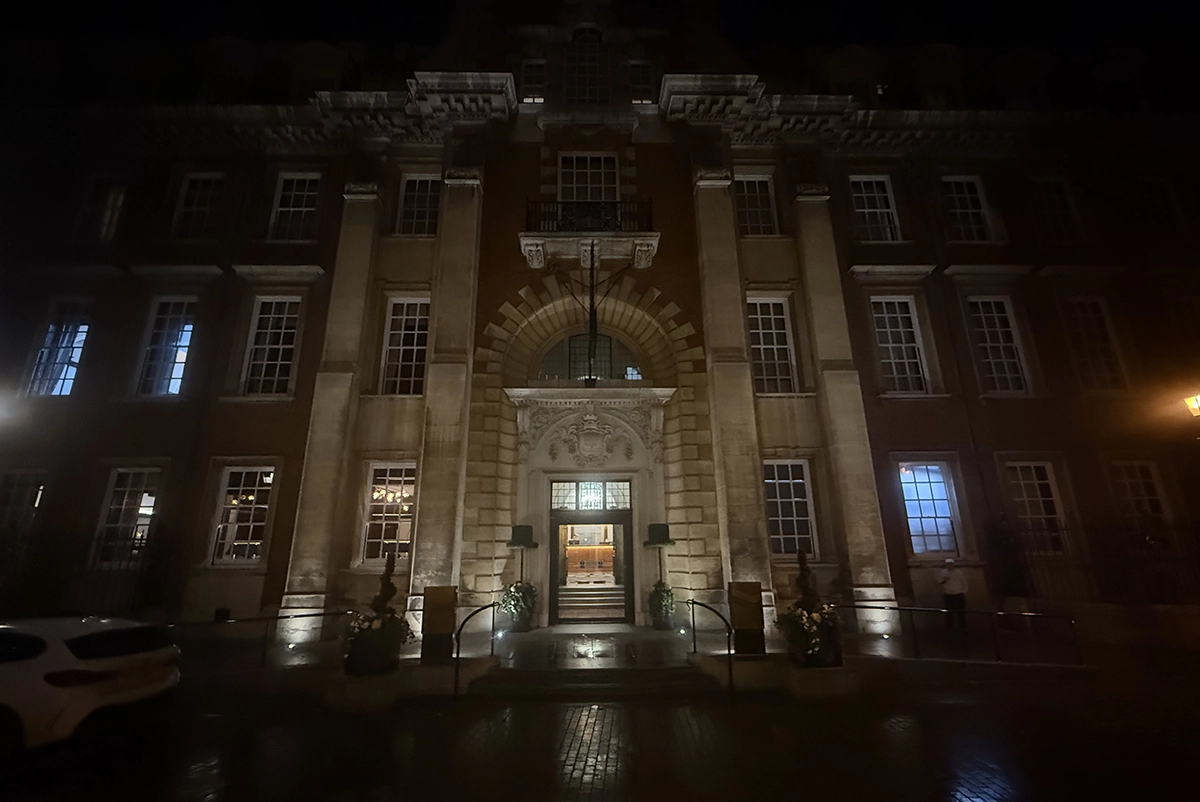An Avant-Garde Echo in the Desert

The Echo of the Desert
Nukus, a hidden desert pearl, houses the Savitsky Museum—a cultural arsenal preserving Russian Avant-Garde art. It blends Eastern mysticism, Western influences, and social realism, echoing universal human spirit.
By Fikri Turkel
Nukus’ Silent Scream
In the heart of Central Asia, near the pale shadow of the Aral Sea, the city of Nukus stands like a hidden pearl in the desert, unique not only for its location on maps but also for its “cultural arsenal” related to art. The Karakalpakstan State Art Museum (also known as the Savitsky Museum) that rises here is much more than a museum; it is a space of resistance, a battleground of memory, and a site of aesthetic revolution.
As I wandered through the museum, I was enveloped in a complex tapestry of emotions that stretched from the corridors of the gallery to the banks of the Amudarya River, from the architectural wonders of Samarkand and Bukhara to the vastness of the desert.
The founder of the museum, Igor Vitalyevich Savitsky (1915–1984), deserves to be remembered not only as an art collector but also as a “cultural archaeologist” and an “aesthetic savior.” His journey from the cold studios of Moscow to the burning lights of Samarkand not only brought to light an art forgotten amidst the political turmoil of the 20th century but also facilitated a kind of rebirth for Russian Avant-Garde.
In the Shadow of the East, Following the West
In Central Asia, the profound influences of Islamic civilization nourished the development of figurative art for centuries, with decorative and abstract motifs coming to the forefront. As seen in the miniatures of the Timur period, nature was not presented as a realistic depiction but rather in a symbolic context, often in idealized forms.
However, the arrival of Russian Orientalists in the late 19th century brought a new perspective to landscape and portrait art. Yet, this “exotic” gaze often remained limited to an Orientalist romanticism. A new generation of artists known as the Avanguardia Orientalis chose to reject this approach, opting instead to blend local rhythms, the light of the desert, and the ancient lives of the people with a sensitive lyricism. Yesenin’s expression of “echoing with the fire of colors” symbolizes this very period and this new perspective.
The Silence of Objects: The Transformation of Still Life
Although the concept of “nature morte” was born in the West in the 18th century, it carries an ancient philosophical silence at its core: the fine line between existence and non-existence, immortality and transience. For avant-garde painters, still life is not merely the arrangement of objects but an inner reflection of the human spirit.
Under the direct influence of Russian Avant-Garde, still life in Central Asia transcended traditional decorative motifs, becoming an existential narrative that questions the material world. Robert Falk’s work titled “Suzani Background” is one of the most striking examples of this transformation: a traditional Uzbek carpet merges with the figure of a young woman wearing a chapan, representing both a local and universal quest for identity.
The Mirror of the Soul: Portraits
A portrait is not merely a depiction of a face; it is a translation of personality, social status, and cultural heritage. The portraits in the Nukus collection highlight the infinite interpretative capacity of painting against the stark reality of photography. Each brushstroke carries a memory, a story that reshapes itself in the viewer’s gaze. Here, the artist is not just a depictor but also a poet, a philosopher, and a historian. Thus, each face transforms into a part of not only the individual but also the collective memory and cultural flow.
In Pursuit of Mysticism
Aleksandr Nikolaev’s (Usto Mumin) transition to Islam, deeply intertwined with Sufi mysticism, is a radical example reflecting the ideals of Avanguardia Orientalis. Usto Mumin’s paintings visually articulate a mystical quest, the infinite cycles, and the inner music of the cosmos. Similarly, artists like Oganes Tatevosyan and Ruvim Mazel established a new poetic language in their suzani patterns, carpets, and small watercolors, where rhythm and form repeat like “cosmic music.”
Artivism and Social Realism
The “Artivism” era of the 1920s marks a critical period where art took on social functions rather than purely aesthetic concerns. During this time, artists engaged in collective initiatives such as ARIZO (Visual Arts Workers Association), striving to create a new “folk art” by bringing art to the streets and public spaces. Tatevosyan’s Izofabrika in Samarkand embodies the artist’s dream of an “egalitarian production workshop.” From the sketches of tubeteika in the window to the Cotton Trilogy, the works of this period were shaped by formal explorations while also being subjected to the pressures of Soviet ideology’s social realism.
Philosophy Shining in the Desert
Savitsky’s words crystallize the philosophy of the Nukus collection: “These places are characterized by a delicacy where color enriches perception within infinite combinations and harmonies, continuously attuning the eye to new tones.” The blue domes of Samarkand, the golden dusted walls of Bukhara, the white horizon of the Aral Sea… All these landscapes transform into a vibrant color symphony on the canvases of Avanguardia Orientalis artists.
Cosmic Dreams: Amaravella
The “Amaravella” group emerges as an almost esoteric collective, aiming to bring the ideals of cosmic consciousness and universal harmony to art, drawing inspiration from the ideas of Rerikh and Kandinsky. The works of Fateev, Sardan, and Shigolev not only suggest transcending the visible but also navigating through the “forest of symbols.” The manifestos of 1927 argue that art should be perceived not through rational analysis but through intuition and inner empathy. This approach strikingly combines the mystical aesthetics of the East with the abstract pursuits of the Western avant-garde.
Igor Savitsky: A Silent Guardian
With a collection of over 100,000 works, Savitsky managed to preserve and sustain the fading codes of art like a “desert hermit.” The Nukus Museum serves as a “laboratory” reflecting his genius: here, works are hung in three or four rows, creating a festive visual experience on the walls. As art historian Zelfira Tregulova puts it: “Savitsky built an art civilization from the desert dust of Central Asia. Without his vision, this cultural layer could have been lost forever.”
A Legacy Reflected in Today
In Uzbekistan’s post-independence quest for identity, the Savitsky Museum has become not just a treasure of art but a realm of national memory. Even today, in the eyes of curators, art historians, and collectors worldwide, this hidden collection in Nukus is referred to as the “brother of the Louvre in the desert.” The current efforts of director Marinika Babanazarova and the Uzbekistan Art and Culture Development Foundation resemble a “silent diplomacy” aimed at preserving this legacy and passing it on to younger generations.
The Echo of the Desert
This unique collection in Nukus presents a “cosmic dialogue” where the traditions of Western and Eastern art, ancient and modern, mystical and social realist perspectives intertwine. Just as the past echoes in the drying waters of the Aral Sea, in this museum, every painting, every color, every motif is part of an infinite resonance. Nukus may no longer be just a city; it is a “spiritual compass” that harbors the universal light of the human soul.













